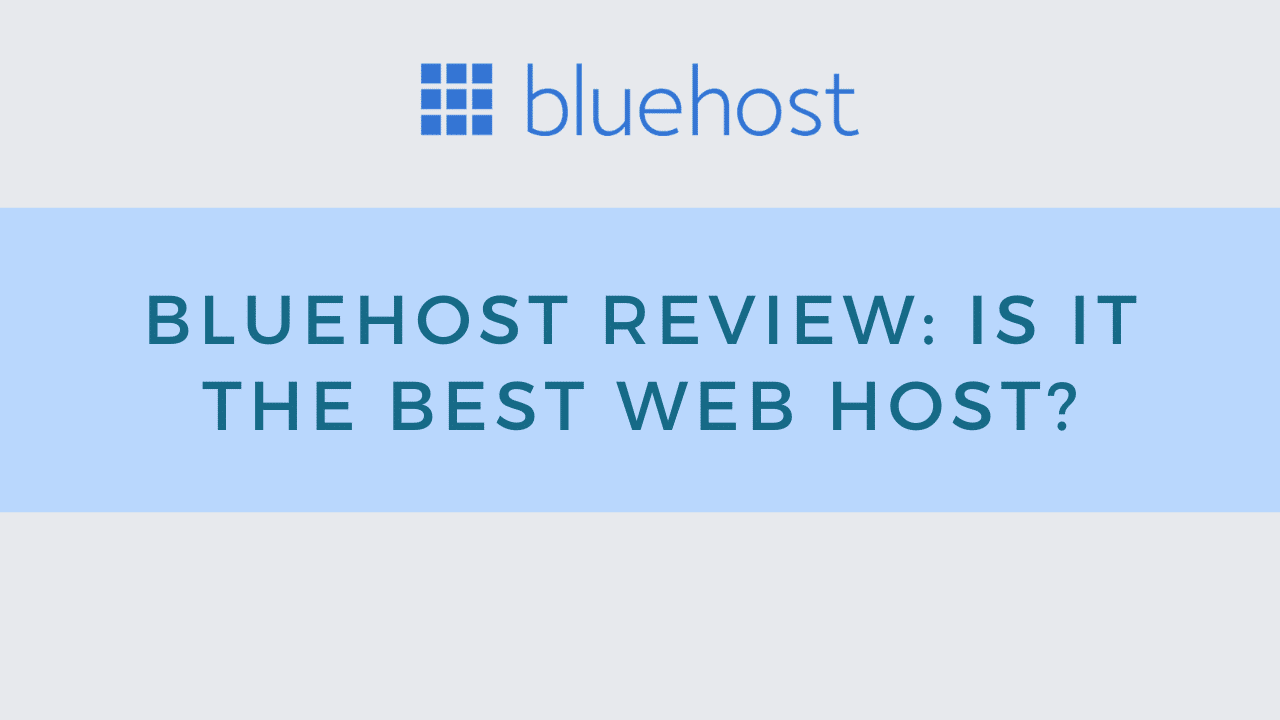Ad fraud has become a pervasive issue in the advertising industry, posing significant challenges for businesses and marketers alike. In an era where digital advertising dominates, understanding ad fraud and its implications is more crucial than ever. But what is ad fraud?
Ad fraud is deceptive activities that manipulate online advertising metrics, mislead advertisers, and misallocate their resources. This fraudulent practice not only undermines the integrity of the advertising ecosystem but also profoundly impacts businesses and marketers worldwide.
In the following sections, we will explore the world of ad fraud in more detail, examining its various types, discussing detection and prevention strategies, and shedding light on its impact on businesses and marketers. By the end of this comprehensive guide, you will have a solid foundation to navigate the complex landscape of ad fraud and take the necessary steps to safeguard your advertising investments while promoting a transparent and trustworthy advertising ecosystem.
What is Ad Fraud?
Ad fraud refers to deceptive activities that exploit and manipulate online advertising systems for illicit gain. It involves fraudulent practices aimed at misleading advertisers and diverting advertising resources to fraudulent entities. Understanding the nature and extent of ad fraud is crucial to effectively combat this detrimental phenomenon.
Ad fraud can occur in various forms with distinct methods and implications. These forms include impression fraud, click fraud, and conversion fraud. Impression fraud occurs when false ad impressions are generated, giving the illusion that legitimate users have seen ads. Click fraud involves fraudulent clicks on ads, artificially inflating click-through rates, and wasting the advertiser’s budget. Conversion fraud entails generating fake or misleading conversions and misrepresenting the effectiveness of ad campaigns.
The motives behind ad fraud are diverse but often revolve around financial gain and malicious intent. Ad fraudsters aim to profit by siphoning advertising budgets, either through creating fake ad impressions, generating false clicks, or tricking advertisers into paying for non-existent or ineffective conversions. Others engage in ad fraud with malicious intent, aiming to disrupt ad campaigns, harm competitors, or spread malware.
To address the ad fraud problem effectively, it is essential to understand its various forms, motives, and the scale of its impact. By gaining this knowledge, businesses and marketers can proactively detect and prevent ad fraud, safeguard their advertising investments, and contribute to a more transparent and trustworthy digital advertising landscape.
Types of Ad Fraud
Impression Fraud
Impression fraud refers to deceptive practices that create false impressions of ads being viewed by genuine users. This form of ad fraud significantly impacts advertisers and compromises the effectiveness of their campaigns.
Techniques used in impression fraud include:
- Bot traffic: Automated bots simulate human interaction and generate fake ad impressions, giving the impression of ads being viewed by real users.
- Ad stacking: Multiple ads are layered on each other, making it appear as if multiple impressions have occurred when only one is visible to the user.
Click Fraud
Click fraud involves the fraudulent manipulation of clicks on online ads, distorting click-through rates, and undermining the integrity of advertising metrics. It has significant implications for both advertisers and publishers.
Common methods used in click fraud include:
- Click farms: Large groups of individuals or automated bots are employed to generate fraudulent clicks on ads, artificially inflating click volumes.
- Malicious software: Adware or malware programs are designed to click on ads without the user’s consent or knowledge, leading to false clicks.
Conversion Fraud
Conversion fraud involves the generation of false or misleading conversions, misrepresenting the effectiveness of ad campaigns. It undermines the credibility of campaign performance data and impacts the return on investment (ROI).
Fraudulent tactics used in conversion fraud include:
- Incentivized clicks: Users are offered incentives or rewards to click on ads and complete conversions, leading to artificial and irrelevant conversions.
- Misleading offers: Ads or landing pages provide false or exaggerated claims to entice users into making conversions, which may not align with their actual intent.
By understanding the various types of ad fraud, including impression, click, and conversion, businesses, and marketers can adopt proactive measures to detect and prevent fraudulent activities. This includes leveraging advanced ad verification technologies, collaborating with reputable partners, and constantly monitoring and analyzing campaign data to mitigate the risks associated with ad fraud.
Ad Fraud Detection and Prevention
Tools and Technologies
There are various tools and technologies available to detect and combat ad fraud. These tools utilize advanced algorithms and analytics to identify fraudulent activities and protect advertisers from potential losses. Some key tools and technologies include:
- Ad Fraud Detection Platforms: Dedicated platforms are designed to detect and prevent ad fraud by analyzing ad traffic, patterns, and user behavior.
- Fraud Filters: Filters implemented within advertising platforms or ad-serving systems to identify and block suspicious or fraudulent traffic.
- Data Analytics: Advanced data analysis techniques, including machine learning and artificial intelligence (AI), to identify anomalous patterns and behavior associated with ad fraud.
- Real-Time Monitoring: Continuous monitoring of ad campaigns in real-time to detect and respond promptly to fraudulent activities.
Machine learning and AI play a crucial role in ad fraud detection. These technologies can analyze vast amounts of data, identify patterns, and detect anomalies associated with fraudulent activities. By continuously learning from new data, machine learning algorithms can improve their accuracy in detecting ad fraud over time. The use of machine learning and AI enables faster and more efficient detection of fraudulent activities, staying one step ahead of fraudsters.
Continuous monitoring and real-time data analysis are essential for effective ad fraud detection. By monitoring campaigns in real-time and analyzing data as it comes in, advertisers can identify suspicious activities promptly and take necessary action. Real-time monitoring enables immediate response, minimizing potential losses and ensuring the integrity of ad campaigns.
Best Practices for Prevention
To prevent this, businesses and marketers should implement the following best practices:
- Set up stringent ad verification processes: Establish thorough verification processes to ensure the legitimacy of ad placements, publishers, and traffic sources. This includes rigorous vetting and verification of partners, publishers, and platforms before running campaigns and getting ad revenue.
- Implement ad fraud prevention measures: Employ fraud filters and technology solutions that can identify and block suspicious traffic sources, IP addresses, or user behavior associated with ad fraud. These prevention measures help minimize the risk of fraudulent activities impacting ad campaigns, even mobile ad fraud.
- Collaborate with reputable ad networks and partners: Work with trusted ad networks, publishers, and partners that have established measures in place to combat ad fraud. Collaboration with reputable entities reduces the likelihood of exposure to fraudulent activities and ensures a more secure advertising environment.
By adhering to these best practices, businesses and marketers can significantly reduce the risk of falling victim to ad fraud. Implementing stringent verification processes, utilizing ad fraud prevention measures, and collaborating with reputable partners contribute to a more secure and trustworthy advertising ecosystem. Regular evaluation and updating of prevention strategies are crucial to stay ahead of evolving fraud tactics and protecting advertising investments effectively.
Ad Fraud’s Impact on Businesses
Online advertising fraud has significant implications for businesses operating in the digital advertising space. Understanding the impact of ad fraud is crucial to comprehend the urgency of taking proactive measures to combat this detrimental issue.
- Financial Implications: When budgets are allocated to fraudulent activities, advertisers pay for ad impressions, clicks, or conversions that do not reach genuine audiences. These wasted resources directly impact advertising campaigns’ return on investment (ROI), leading to diminished profitability and inefficient resource allocation. Ad fraud diverts advertising budgets away from reaching real potential customers, limiting growth opportunities and hindering the achievement of business objectives.
- Reputation Damage: When brands unknowingly advertise on websites or platforms involved in ad fraud, they risk being associated with illicit practices. Such an association erodes consumer trust and damages the brand’s credibility. Consumers may question the authenticity and integrity of businesses that fail to protect themselves from ad fraud. Rebuilding trust and restoring a tarnished reputation can be a challenging and time-consuming process.
- Trust Issues: When fraudulent activities distort advertising metrics, it erodes trust within the ecosystem. Advertisers may become skeptical of the effectiveness of their campaigns, doubting the legitimacy of their results. Publishers face reputational damage due to association with online fraud, as advertisers may hesitate to partner with platforms deemed unreliable.
- Protecting Brand Reputation: Businesses can protect their brand reputation by implementing robust ad verification processes, utilizing fraud detection technologies, and collaborating with reputable partners. Detecting and preventing this kind of fraud safeguards advertising investments and demonstrates a commitment to maintaining a transparent and trustworthy advertising ecosystem.
Frequently Asked Questions
What are botnets, and how are they involved in ad fraud?
Botnets are networks of infected computers or devices controlled by a malicious actor. In the context of ad fraud, botnets are often used to generate fraudulent ad impressions or clicks. By leveraging many compromised devices, fraudsters can mimic genuine user behavior, creating the illusion of legitimate ad engagement.
How do ad fraud detection tools utilize machine learning and AI?
Ad fraud detection tools employ machine learning and AI algorithms to analyze vast amounts of data and detect patterns associated with fraudulent activities. These algorithms can learn from historical data, identifying anomalies, and distinguishing between legitimate and fraudulent ad interactions. Machine learning and AI enable these tools to continuously improve their detection capabilities by adapting to evolving fraud techniques.
How can ad fraud prevention measures impact ad campaign performance?
Ad fraud prevention measures, such as implementing fraud filters and utilizing ad verification technologies, can positively impact ad campaign performance. Identifying and blocking fraudulent traffic sources or suspicious activities, these measures help ensure that advertising budgets are allocated to genuine interactions. This, in turn, improves the accuracy of performance metrics, enhances ROI, and maximizes the effectiveness of ad campaigns.
Conclusion
It is crucial for businesses and marketers to recognize the urgency of ad fraud prevention and detection. By taking proactive measures, they protect their interests and contribute to the overall integrity and effectiveness of the advertising ecosystem. By combating ad fraud, we can promote a transparent and trustworthy digital advertising landscape for the benefit of businesses, marketers, and consumers.




